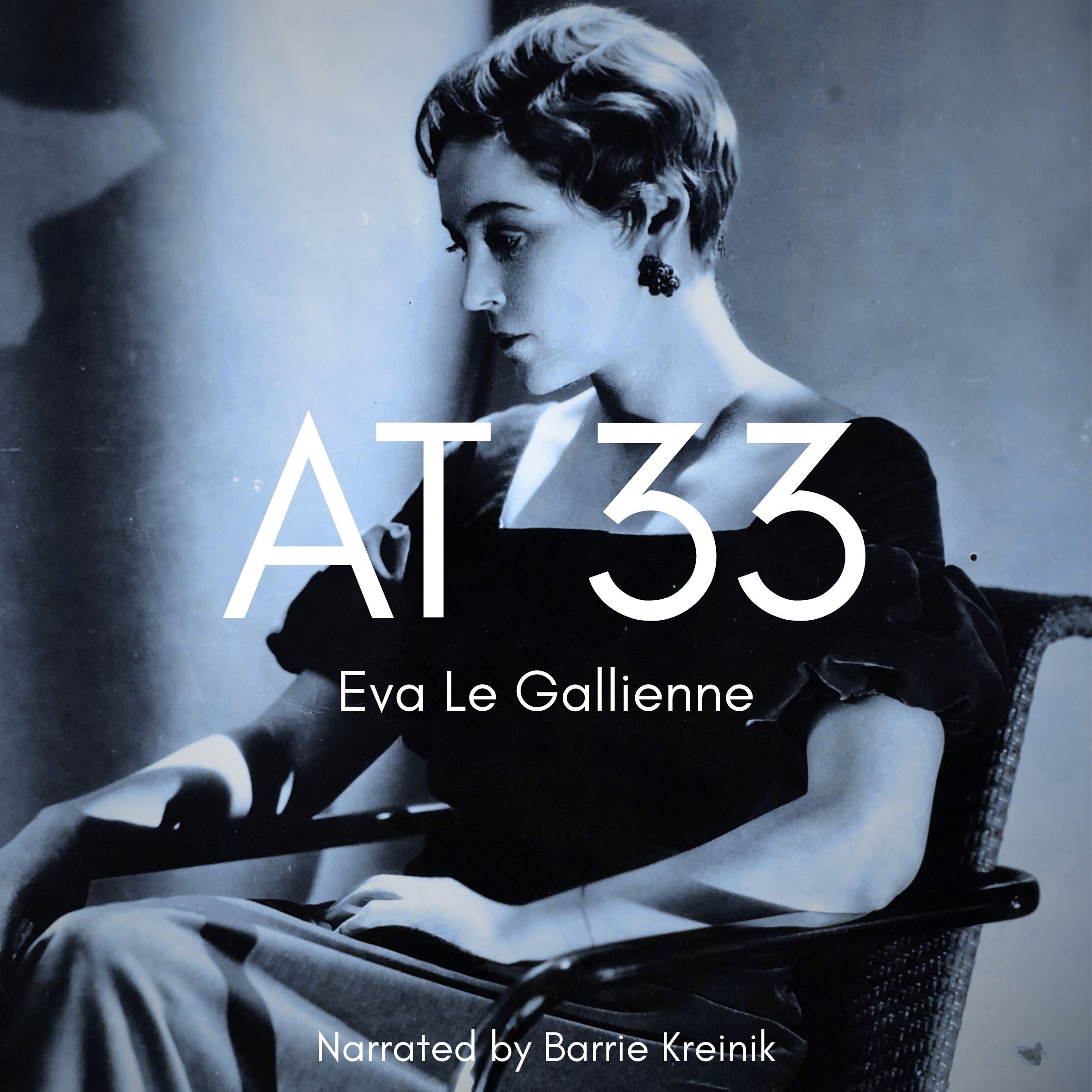Guangxi 7
Listen to Guangxi 7, a 21-year-old woman from Lingshan, Qinzhou, Guangxi, China. Click or tap the triangle-shaped play button to hear the subject.
Both as a courtesy and to comply with copyright law, please remember to credit IDEA for direct or indirect use of samples. IDEA is a free resource; please consider supporting us.
BIOGRAPHICAL INFORMATION
AGE: 21
DATE OF BIRTH (DD/MM/YYYY): 23/11/1991
PLACE OF BIRTH: Lingshan, Qinzhou, Guangxi Zhuang Autnomomous Region
GENDER: female
ETHNICITY: Zhuang Chinese
OCCUPATION: student
EDUCATION: university
AREAS OF RESIDENCE OUTSIDE REPRESENTATIVE REGION FOR LONGER THAN SIX MONTHS: N/A
OTHER INFLUENCES ON SPEECH: N/A
The text used in our recordings of scripted speech can be found by clicking here.
RECORDED BY: Bill McCann
DATE OF RECORDING (DD/MM/YYYY): 28/11/2013
PHONETIC TRANSCRIPTION OF SCRIPTED SPEECH: N/A
TRANSCRIBED BY: N/A
DATE OF TRANSCRIPTION (DD/MM/YYYY): N/A
ORTHOGRAPHIC TRANSCRIPTION OF UNSCRIPTED SPEECH:
My hometown: I am so hapu- happy to telling about my hometown to you. My hometown is in the north of Guangxi. It is a small village. It is surrounding by rolling green mountains. It has a population of about one-thousand. Most of them are farmer; they mainly plant corn. People in our village are so friendly and friend. They also help each other. When someone has difficult to do something, other person will give a hand to him. I think the climate is very suitable for us. It is neither too cold nor too hot throughout the year. It is a nice place to live. Great change have taken place in the past ten years. Now, a lot of new buildings have appeared. Many family own fridge and some even have air-conditioners. In the evening, they watch TV as the people in the cities do. The roads in the village are bigger than before. There are a lot of trees in each side. The trees are so green in spring. I like this sight. I have my – I love my hometown. I believe it will become more and more beautiful in the future. Welcome to my hometown.
[The subject now goes on to read abstracts from the Analects of Confucius in her own Lingshanhua dialect. (See the detailed commentary below). She has also provided a pinyin transliteration. A reading in Putonghua (Mandarin) can be heard on the Hebei 1 sample.]TRANSCRIBED BY: Bill McCann
DATE OF TRANSCRIPTION (DD/MM/YYYY): 09/12/2013
PHONETIC TRANSCRIPTION OF UNSCRIPTED SPEECH: N/A
TRANSCRIBED BY: N/A
DATE OF TRANSCRIPTION (DD/MM/YYYY): N/A
SCHOLARLY COMMENTARY:
SHORT READINGS FROM THE ANALECTS OF CONFUCIUS
KEY: A = Mandarin (Simplified); B = Mandarin (Pinyin); C = Dialect (Pinyin); D = English.
孔子: 论语 – Kǒng zǐ : lún yǔ – Kon zi: len yu – Confucius: Lun Yu
學而第一 – xué ér dì yī – Xué ér dì yī – Chapter One
A: 1-1:- 子曰: 學而時習之、不亦說乎。
B: yī-yī :- zǐ yuē: xué ér shí xí zhī, bù yì yuè hū.
C: yī-yī :- zi yue: huo er xi xi ji , bu yi yue fu
D: 1-1:- The Master said: Is it not pleasure to learn, and practice what is learned time and again?
A: 1-2:- 有朋自遠方來、不亦樂乎。
B: yī-èr:- yǒu péng zì yuǎn fāng lái, bù yì lè hū.
C: yī-èr:- you peng zi yun fong luai ,bu yi luo fu
D: 1-2:- Is it not happiness to have friends coming from distant places?
A: 1-3:- 人不知而不慍、不亦君子乎。
B: yī-sān: rén bù zhī ér bù yùn, bù yì jūn zi hū.
C: yī-sān: ren bu ji er bu wun ,bu yi gun zi fu
D: 1-3:- Is it not virtue for a man to feel no discomposure when others take no note of him?
為政第二 – wéi zhèng dì èr – wéi zhèng dì ér – Chapter two
A: 2-2:- 子曰:「詩三百,一言以蔽之,曰:『思無邪』。
B: èr-èr:- zǐ yuē: shī sān bǎi, yī yán yǐ bì zhī , yuē: sī wú xié.
C: èr-èr:- zi yue : xi sang ba ,iy ian yi biai ji , yue: si wu hai
D: 2-2:- The Master said: In the Book of Odes there are three hundred poems, but they may be summarised in a single sentence: Think no evil.
A: 2-7:- 子游問孝。子曰:今之孝者,是謂能養。至於犬馬,皆能有養;不敬, 何 以別乎。
B: èr-qī:- zǐ yóu wèn xiào. zǐ yuē: jīn zhī xiào zhě, shì wèi néng yǎng. zhì wū quǎn mǎ, jiē néng yǒu yǎng; bù jìng, hé yǐ bié hū.
C: : èr-qī:- zi yuo men hao . zi yue : gen ji hao jie , si wei nang yuang . ji yu huan ma , jie nang iao yuang , bu ging , huo yi bi fu
D: 2-7:- Zi You asked what filial piety was. The Master said: Nowadays, providing support for one’s parents is considered filial piety. But dogs and horses can also do this. If there is no respect, what is the difference?
A: 2-10:- 子曰:「視其所以,觀其所由,察其所安。人焉叟哉?人焉叟哉?
B: èr-shí :- zǐ yuē: shì qí suǒ yǐ , guān qí suǒ yóu, chá qí suǒ ān. rén yān sǒu zāi? rén yān sǒu zāi?
C: èr-shí :- zi yue : xi qi xuo yi , gunqi xuo iao , ca qi xuo oan .ren ian xou zuai ? Ren ian xou zuai
D: 2-10:- The Master said: Watch what a man does. Find out his motives. See how he takes his ease. How then can the man hide his true self? How can the man hide his true self?
COMMENTARY
This is a moderately strong accent with a nice, clear enunciation, but there is no evidence of deliberate accent reduction. Interestingly, she does not display many of the pronunciation characteristics that we have already noted in the earlier samples from Guangzi, notably the /s/-/S/ pair substitution and some muting of the plosives /t/, /d/, and /b/. It may or may not be significant that all the earlier samples featured speakers from the Han ethnic group.
The subject’s dialect belongs the southern Qinzhou dialect group whose prestige dialect is that of the Nàhé township. The essential details of the Zhuang languages are discussed below.
For a general background to Guangxi Zhuang Autonomous Region, see the commentary in the Guangxi 1 sample.
Introduction to the Zhuang
There are 56 official ethnic groups (nations) in China. The largest group, the Han, accounts for more than 92 percent of China’s population. After the insidious destruction of China’s ancient polity by the Western powers and the collapse of the Qing dynasty in 1911, China entered a long period of political instability. The Nationalist Leader, and founder of the Republic of China, Sūn Zhōngshān (SunYat-Sen) spoke of a nation of five nationalities, but after his death in 1925 the nationalist government refused to admit the existence of different ethnic groups. Following the return of political stability with the foundation of the people’s Republic of China in 1949, four years of detailed research and field work were undertaken to identify and categorize the ethnic minorities. Using the main criteria of a distinct language, a recognized indigenous homeland, Distinctive Customs, and a strong sense of identity, 54 groups were officially recognised. The 55th was added in 1979.
The Zhuang, the indigenous peoples of Guangxi, with a population approaching 18 million, is China’s largest minority group. Today, they are named after “Zhuang,” one of their remote ancestors, the name being first recorded during the Song Dynasty (960-1279 CE). They were known to China’s central authority under a number of different names for more than 1,000 years before then.
Languages
There are 16 registered Zhuang languages that are not mutually intelligible, some of them being themselves multiple languages. Within these there are 36 varieties or local dialects. They belong to the Tai family but have been heavily influenced by other Chinese dialects. Chinese scholarship places the “Zhuang–Dong languages” among the Sino-Tibetan family; however, other linguists treat the Tai languages as a separate family. Standard Zhuang is the official standardized form and included both spoken and written Zhuang. Its pronunciation is based on the Yongbei Zhuang dialect of Shuangqiao in Wuming County Guangxi while its vocabulary is based on Northern Zhuang dialects.
The language group has been divided by Chinese linguists into northern and southern dialects, each further divided into a number of vernacular varieties. There are over 60 distinct tonal systems with 5–11 tones, depending on the variety. Southern Zhuang varieties have aspirated stops, but these are lacking in the northern vernacular. The Wuming dialect of Yongbei Zhuang, part of the northern group, is considered to be the prestige dialect of Zhuang and is used by the government for official purposes.
The Zhuang languages have been written in the Old Zhuang script (Sawndip) for over a thousand years, and possibly in Sawgoek previous to that. Sawndip is a Chinese character–based system of writing similar to Vietnamese chữ nôm, but some Sawndip logograms were borrowed directly from Han characters, while others were original characters made up from the components of Chinese characters. Nowadays, it is used for writing songs in the vernacular. Standard Zhuang is written in Latin script.
History
Archaeological evidence testifies that the Zhuang’s origins can be traced back to the late stages of the (Chinese) Palaeolithic period, which began about 1.36 million years ago. The earliest known historical record of the Zhuang are the rock paintings at Huashan mountain close to the border with Vietnam, which have been dated to the Warring States period (475–221 BCE). The earliest Chinese historical documents simply refer to the lands south of the Yangtze as the “Hundred Yue.” It was not until the Qin Dynasty (221 – 206 BCE) and Qin Shihuang’s southern invasions that the northerners had any direct contact with the peoples of these regions. Around 218 BCE, the invaders had constructed the Ling Canal, which linked the Xiang and Li rivers to the north of Guilin. By 214, Guangxi and the south began to experience large-scale immigration of hundreds of thousands of Han Chinese. At the collapse of the Qin Dynasty, the Zhuang supported Zhao Tao and his Kingdom of Nanyue in opposition to the Han Dynasty (206 BCE – 9 CE). See the Commentary on the Guangxi 2 sample for the history of this episode.
During the Tang Dynasty (618 – 907 CE), the Zhuang supported the Tai kingdom of the Southern Zhao, and Guangxi was eventually divided between the Zhuang west of Nanning and the Han peoples to the east of that city. The confusion of the Five Dynasties and Ten Kingdoms Period (907 – 960) was finally resolved with the rise of the Song Dynasty (960 – 1279), which annexed the Han region of Guangxi in 971. The Zhuang then found themselves harassed on two fronts by the Song and by the Jiaozhi in what is now Vietnam. A revolt by the Zhuang leader Nong Zhigao in 1052 led to a short-lived independent kingdom, which was comprehensively defeated by the (famously) tattooed Song general Di Qing.
The succeeding Yuan Dynasty (1271 – 1368) established Guangxi as an official province, but immigration by the Miao from Guizhou and Hunan meant that the region remained unsettled. This was exploited by the Ming Dynasty (1368 – 1644), who played off the different groups against one another. The largest and bloodiest clash in Zhuang history took place at Dateng Gorge, Guigang, in 1465, when the Zhuang fought the Yao and up to 20,000 people died.
The Qing Dynasty (1644-1911) left the area alone until it imposed direct rule in 1726. The Taiping Rebellion of 1850 was the biggest of peasant uprisings in Chinese history. It began here, and the execution of St. Auguste Chapdelaine by local officials in Guangxi provoked the Second Opium War in 1858. This was followed by destabilizing French interference in the Chinese interior. Following the Wuchang Uprising, Guangxi seceded from the Qing Empire in November 1911.
The subject’s hometown is Longhsan village in Sanlong town, Lingshan County, unde the administration of Qinzhou City in the south of Guangxi. (In her unscripted speech, the subject mistakenly says it is in the north.) The city originally belonged to Guangdong, where it enjoyed county status. Lying on the Gulf of Tonkin, Qinzhou has been for many centuries a major center of Chinese trade with the Indo-China region. One of its most famous sons is the tobacco magnate Han Feng, a senior official of the China National Tobacco Corporation, who was exposed as a Chinese Casanova in 2010 when his sensational diary detailing his exploits over 18 months appeared online.
COMMENTARY BY: Bill McCann
DATE OF COMMENTARY (DD/MM/YYYY): 09/12/2013
The archive provides:
- Recordings of accent/dialect speakers from the region you select.
- Text of the speakers’ biographical details.
- Scholarly commentary and analysis in some cases.
- In most cases, an orthographic transcription of the speakers’ unscripted speech. In a small number of cases, you will also find a narrow phonetic transcription of the sample (see Phonetic Transcriptions for a complete list). The recordings average four minutes in length and feature both the reading of one of two standard passages, and some unscripted speech. The two passages are Comma Gets a Cure (currently our standard passage) and The Rainbow Passage (used in our earliest recordings).
For instructional materials or coaching in the accents and dialects represented here, please go to Other Dialect Services.
 IDEA: International Dialects of English Archive
IDEA: International Dialects of English Archive




